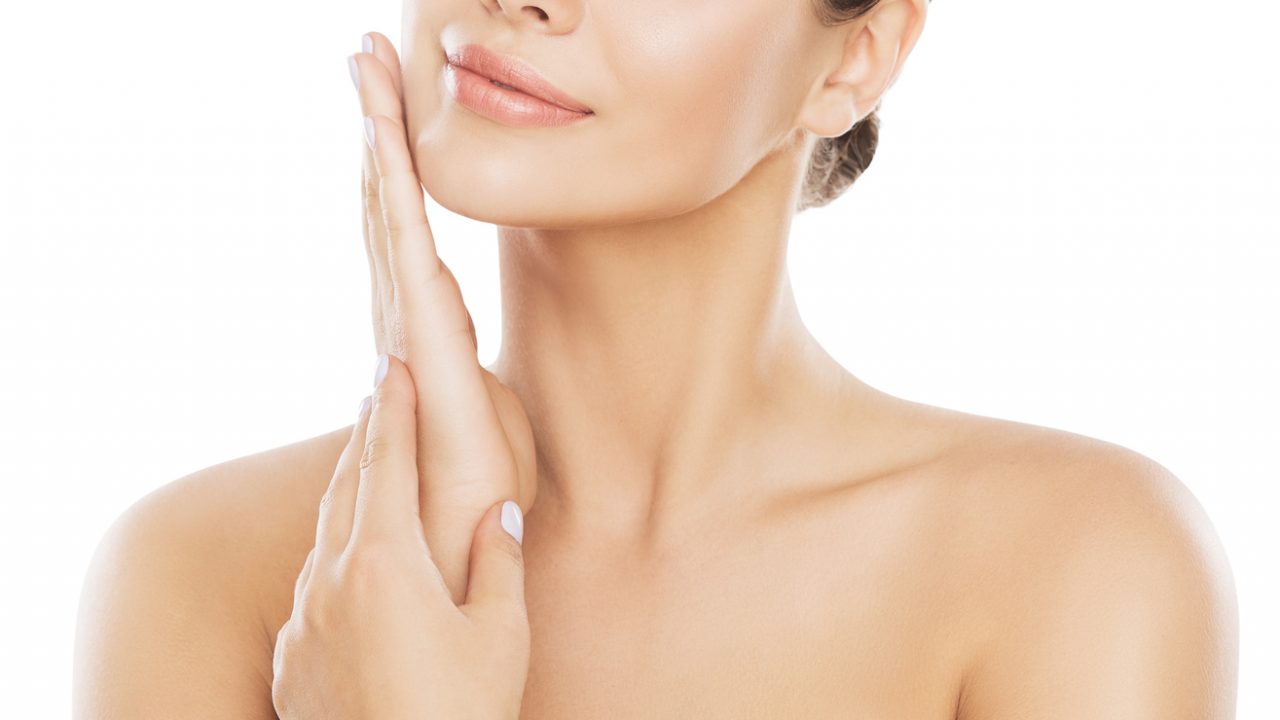
Our resident makeup artist Victoria Howe reveals how to get flawless-looking skin every time
Knowing how to get flawless skin when applying your makeup can make a world of difference to your finished look.
It does take a little more effort than just wiping on foundation with your fingers, but the extra time spent getting your skin ready will not only enhance your look, it will help your makeup stay put for hours – saving you time touching it up during the day, and saving you money on using more makeup than you need.
Our resident makeup artist Victoria Howe has already let us in on the industry secrets around hiding spots and blemishes, applying concealer to mature skin and how makeup can be used to reduce the appearance of dark circles, and in the latest in our Ask the MUA series, Victoria reveals how to get flawless-looking skin every time.
READ NEXT: How to apply foundation like a pro
Victoria is founder and Chief Makeup Artist at Victoria Howe Make Up and you can follow her stunning looks on her Instagram page, @victoria_howe_makeup.
Do not underestimate the value of prepping the skin when it comes to achieving clear-looking skin. A simple cleanse, tone and moisturise will work wonders for achieving a flawless base, and it doesn’t need to break the bank either. In our best cleanser, toner and best moisturiser lists we’ve handpicked our favourite skincare brands for those of us on a budget.
If you don’t have time or the budget for all three, we recommend you at least treat yourself to a moisturiser to hydrate and protect your skin.
If you’re on a budget we can’t recommend the Simple Daily Hydrating Moisturiser enough. If your budget can stretch a little further, we really love the Charlotte Tilbury Water Cream too, which is great for oily skin. Or the original Magic Cream, which is better for dry and mature skin. For something in the middle, price and skin-type wise, we recommend the Purito Deep Sea Water Cream.
Top tip: Always wait 15 minutes between moisturising and applying makeup to give you skin time to absorb the products.
There are hundreds of primers on the market. Smashbox – a brand often credited with bringing the first professional primer to the masses – has 16 types of primer for different skin types and needs, and that’s just one brand. This shows just how vital beauty experts consider the primer stage to be.
Yes, using a primer adds an extra step, but we promise you it will make the whole process of applying the rest of your makeup easier, enhance your look and make it last longer.
Put simply, primers re-texturise and even out the skin’s texture. Some primers can also help balance your skin’s tone, too. We recommend using different primers for different skin conditions – hydrating primers are best for dry patches, for example, and silicone primers are ideal for open pores and fine lines, however, if you can’t stretch to multiple primers, buy one based on the biggest concern you have about your skin.
Whether that’s a mattifying primer for oily complexions or one with a built-in SPF.
Spending the time on this step will help create a blank canvas for every other product that follows. Our favourite is the Charlotte Tilbury Invisible UV Poreless Primer because it’s nourishing, blurs pores and contains SPF. It also has a slight tint to it if you wanted to wear it on its own. The downside is that it’s pricey at £40 so a cheaper alternative is £10.99 Revolution Pro Protect Soft Focus Primer SPF50.
As we explain in our How to apply foundation like a pro article, bouncing foundation into the skin with a damp beauty blender or cosmetic sponge is a favoured technique among makeup artists.
Brush application has its place, but it’s largely used for photographic makeup that can be retouched. You get a whole load more product on the skin if you use a brush, and even-ing it out and losing the fine brush strokes is hard work!
FURTHER READING: How to clean beauty blenders fast using soap, soaking and in a microwave
There is no need to cake your face in concealer. It can leave your skin looking clogged and create an opposite effect of drawing attention to problem areas rather than disguising them. Conceal only in the areas that need more coverage.
Avoid the outer ‘v’ of the eye area – there is little need for concealer there and it will always settle into fine lines and crows feet, so it creates much more work and much more frustration.
Do concentrate concealer around the inner ‘v’ of your eyes, though, and use it to target dark circles under the eyes. It’s also useful when used around the nose, when covering pimples and blemishes, and reducing redness.
Top tip: Concealer around the lip line will help to prevent your lipstick from bleeding.
READ NEXT: Our pick of the best concealers for all budgets
A step that’s often skipped is setting your makeup. This involves first using a setting powder followed by a setting spray to “melt” the layers of makeup together and sink them into your skin creating flawless-looking skin. Urban Decay’s All Nighter Setting Spray (£26) is a popular favourite, as is the e.l.f Makeup Mist and Set spray (£4.50).
You could also opt for a Korean beauty hack called Jamsu, which involves submerging your face in a bowl of cold water to set the makeup in place, but a setting spray is an easier, less messy choice!
READ NEXT: What is setting spray and what does it actually do?

Victoria is Chief Makeup Artist and founder of Victoria Howe Make Up. After graduating from The Academy of Freelance Makeup in Soho two years ago, Victoria now owns and runs her own studio called The Beauty Barn in Havant specialising in helping women of all ages feel beautiful

